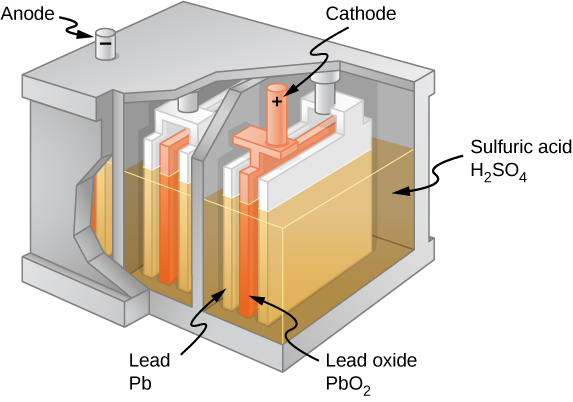

Then in 1887 Carl Gassner created the first dry cell battery, made of a zinc-carbon cell. Until this point, all batteries were wet cells. This discovery was followed by developments of the Grove cell by William Robert Grove in 1844 the first rechargeable battery, made of a lead-acid cell in 1859 by Gaston Plante the gravity cell by Callaud in the 1860s and the Leclanche cell by Georges Leclanche in 1866. In 1836, John Frederic Daniell created the Daniell cell when researching ways to overcome some of the problems associated with Volta's voltaic pile. In 1800, his produced the first real battery: the voltaic pile.

His contemporary Alessandro Volta (for whom the voltaic cell and voltaic pile are named) was convinced that the "animal electricity" was not coming from the frog, but something else entirely. Though he was not aware of it at the time, this was a form of a battery. Luigi Galvani (for whom the galvanic cell is named) first described "animal electricity" in 1780 when he created an electrical current through a frog. Rather it is believed that the Baghdad Batteries, discovered in 1936 and over 2,000 years old, were some of the first ever batteries, though their exact purpose is still debated. However his battery was not the first battery, just the first ever referred to as such. It was while conducting experiments on electricity in 1749 that Benjamin Franklin first coined the term "battery" to describe linked capacitors.


 0 kommentar(er)
0 kommentar(er)
